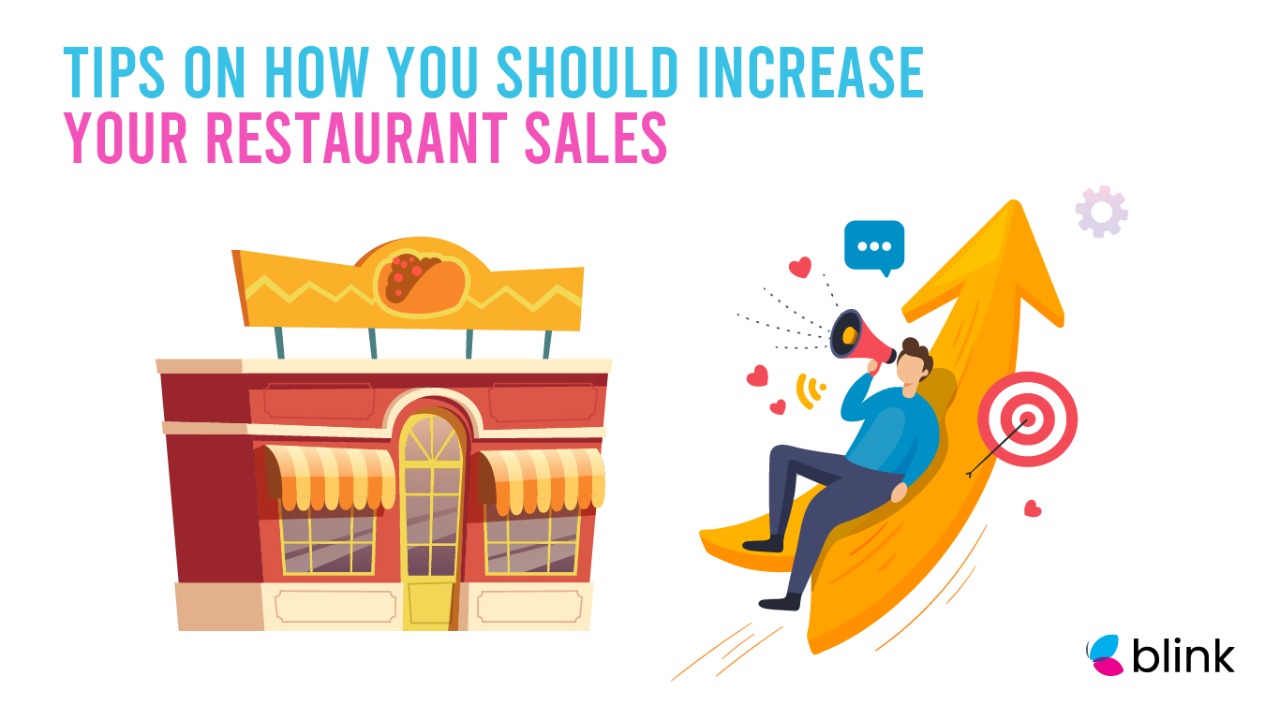Learning is an important step in marketing as it is a continuous process. This learning can only happen when we consciously monitor our marketing efforts—effective marketing results in brand formation, ultimately leading to better sales.
To get this increased revenue, it is vital to do the following:
Set clear business objectives
Before you start on any business venture, one of the first things is to make a business plan. Your plan should instill confidence and show that you are someone who understands the industry and has realistic expectations for success.
Business plans recommended include a description of your target consumers, a survey of the competitive landscape, your strategies for marketing, and, of course, a projected budget. Consider all the employees, supplies, and construction necessary to get your restaurant up and running—research what insurance and permits are essential for your area.
Identify your target segments.
By gathering and analyzing actual customer sales data and gaining insight into those who have already converted, brands build accurate customer segments targeting high, medium, and low-frequency guests. This data can directly integrate with email/SMS loyalty programs, social media, and display-ad networks and inform traditional advertising. If you need this data analyzed more thoroughly, you can always use a reliable Salesforce Google Sheets connector. This way, you will have all of your raw data compressed into data you can use to make better business decisions.
By using historical trends, one can now compare them with existing customer sales data to determine the incremental change in sales due to marketing effort. A critical factor to keep in mind is to take an ample amount of time when comparing sales data as it is sometimes that after the marketing campaign has ceased, the sales start to gain momentum.
Therefore, taking ample time after the marketing campaign is pertinent to compare the sales uplift and contribution of marketing efforts in it.
Lastly, it is important to consider the external variables and market conditions when leveraging customers’ sales data with the marketing efforts. Sometimes, seasonal holidays and trends, weather patterns, and school breaks are external factors operating behind the sales uplift.
Choose the right digital marketing tools
Digital marketing and online advertisement have overtaken traditional marketing means, especially for the entertainment and Restaurant industry. Today the majority of customers for restaurants are young and tech-savvy.
For a generation that has lived and grown on social media, restaurants need to plan their presence and presentation on social media platforms strategically.
It is essential to see where your targeted audience is more situated. For some, Facebook is better, while Twitter has more potential customers for others. Therefore, choosing which social media platform you will be using for your marketing effort becomes important.
Take actionable steps based on your stats.
All the social media platforms now offer analytical insights and use business intelligence tools to inform you about how well your post or marketing campaign is performing. As mentioned earlier, learning is important for growth. Therefore, by monitoring these stats and insights, you can constantly adjust accordingly to avail better results.
Conduct Market Research and Customer Feedback
Customer reviews don’t just serve the purpose of feedback, but they can also be used in marketing and repurposed. Customer reviews are an asset for your business.
Besides providing valuable input to your product and services, they are a validation to your company and an assurance of quality for other customers. These customer reviews can be used in social media marketing as testimonials and are also a source of building a brand for your business.


